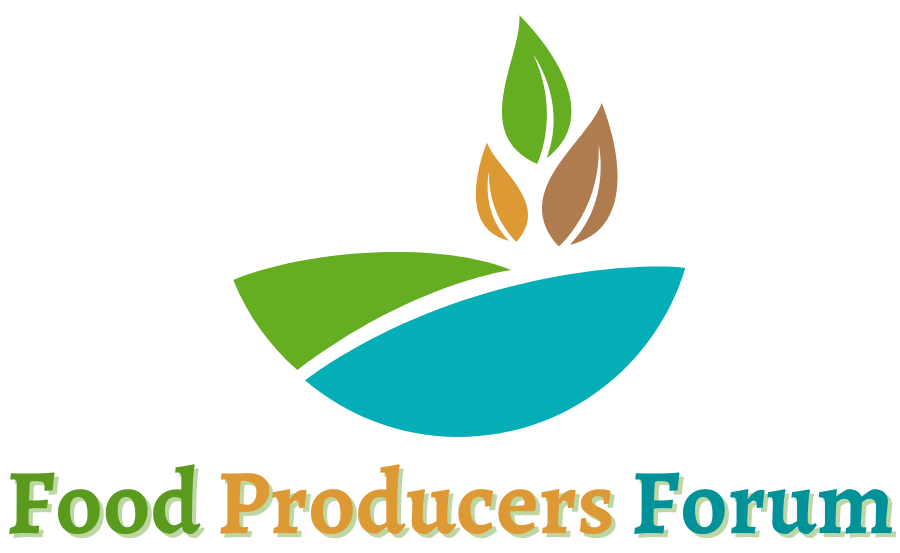Most gardeners who grow tomatoes at home, whether outdoors or in a greenhouse, rely on standard commercial varieties such as Sweet Million and various Plum or Beefsteak varieties. However, the seeds that most of us are buying are not the best to grow. If you switch to a more northern adapted variety, such as Scotia or Bellstar or Sub-Arctic or Red Alert, you will have better results with tomatoes in our challenging climate.
My current collection of tomato seeds, some from commercial seed houses, some from other gardeners, runs to more than thirty varieties, and I am barely scratching the surface. As a member of the national heritage seed organization Seeds of Diversity, I am lucky to have access to thousands (yes, thousands!) of tomato varieties. In the 2012 catalogue of seeds available to members, there is a listing that runs many pages and includes more than two thousand types being grown across Canada by growers and home gardeners. You can join too! Just go to www.seeds.ca.
The most famous Canadian tomato seed saver was Tatiana who, with her husband Stan, lived in the Kootenay Mountains of British Columbia. While she was alive, Tatiana was growing hundreds of varieties of tomatoes and peppers. Since her passing, others have taken on the care of some of these unusual heritage varieties and although they are no longer selling seed, her famous TomatoBase is still on Facebook, a source for information about planting tomatoes, growing and grafting and tomato diseases and pests: https://www.facebook.com/TomatoBounty/.
So how do you decide which tomatoes to grow, with so many to choose from, and where do you find the really good ones? My personal answer is that it’s a work in progress. Every year, I discover a few new varieties and new sources for them.
If you are new to the world of tomatoes, it helps to know the difference between true breeding, or open pollinated (OP) varieties and the various hybrids being offered by major seed houses. There are huge farms in India and Southeast Asia where seed companies owned by four international chemical giants produce tomato seed. These factory operations pay sub-standard wages and hire armies of women and children to cross-pollinate tomato flowers (by hand, using the traditional method developed hundreds of years ago) then harvesting, washing, cleaning and drying the seed, which the companies then import, package and sell.
The real issue with hybrids is that, because they combine genetic information from two parent plants, they have the advantage of improved yield or survival, but seed from the tomatoes they produce will not reliably generate the same result. Instead, if they self-pollinate, half the seed will be hybrid, while one fourth will revert to one parent, and one fourth to the other. So this means you can’t save seed from your own tomatoes; you have to go back to the producers to buy more hybrid seed. Do we grow hybrid tomatoes, peppers and squash? Well, yes we do, but we know that this will be a one year crop, not a chance for seed saving.
As much as we can, we avoid buying seed from the major companies, owned by Monsanto and the other chemical corporations. We aim for true breeding rather than hybrid varieties. Growing true breeding types allows you to save seed from year to year, and gives you access to hundreds of types of tomatoes, including ones grown consistently in the same locale for more than fifty years, which makes them heirloom or heritage varieties. Those are the tomatoes you are looking for.
Here are some of my current favourites, types for which you can find seed, if you search online, join Seeds of Diversity (www.seeds.ca) or ask around to see who is growing these:
- Bonnie’s Best – a reliable round red medium sized type, easy to scald and peel, ideal for canning
- Chalk’s Early Jewel – a heritage variety that came from James Chalk, a grower in Pennsylvania in 1899)
- Galena Yellow – a delightful, prolific, high producing long season yellow cherry tomato
- Moskvich – available from High Mowing Seeds and a reliable Russian salad tomato
- Red Alert – recommended for general use by Ross Traverse, a standard production tomato for our climate
- Roma – the “tomato that conquered North America” was brought over from Sicily, a plum tomato ideal for canning
- Rose de Berne – an interesting heritage tomato (my seeds came from fruit from a farmer’s market in the US)
- Sasha’s Altai – another northern adapted, short season red tomato
- Vantage – the “lost” Newfoundland greenhouse tomato grown by the Hodders and Ross Traverse
Back when we most of us were gardeners, we produced our own food at the community level. In those times, people didn’t just grow “tomatoes. ” They grew specific types of tomatoes for specific uses. They grew slicing tomatoes, salad tomatoes, sauce tomatoes (like Roma), canning tomatoes. . .and people knew the difference. This important knowledge is an area in which we need to educate ourselves, knowledge that we need to regain.
There is also the important issue of local adaptation. Some tomatoes require a long hot summer to ripen. Those varieties are not the best ones to grow here in the cold snowy north, where our winters are long, and even in June (here in Newfoundland) we can have snow! As you look for new and interesting tomato varieties, sorting through online and printed catalogues from seed houses across Canada, and a few in the US, keep a close eye on length of growing season. Cold tolerant, northern varieties are generally the ones with the shorter times to harvest.
So good luck with your tomatoes. It’s the end of February as I write this, almost time to start our tomato seeds indoors. I have one planted already, weeks ago. It’s a Galena Yellow, and two weeks after planting, it’s already four inches tall and reaching for the light.

